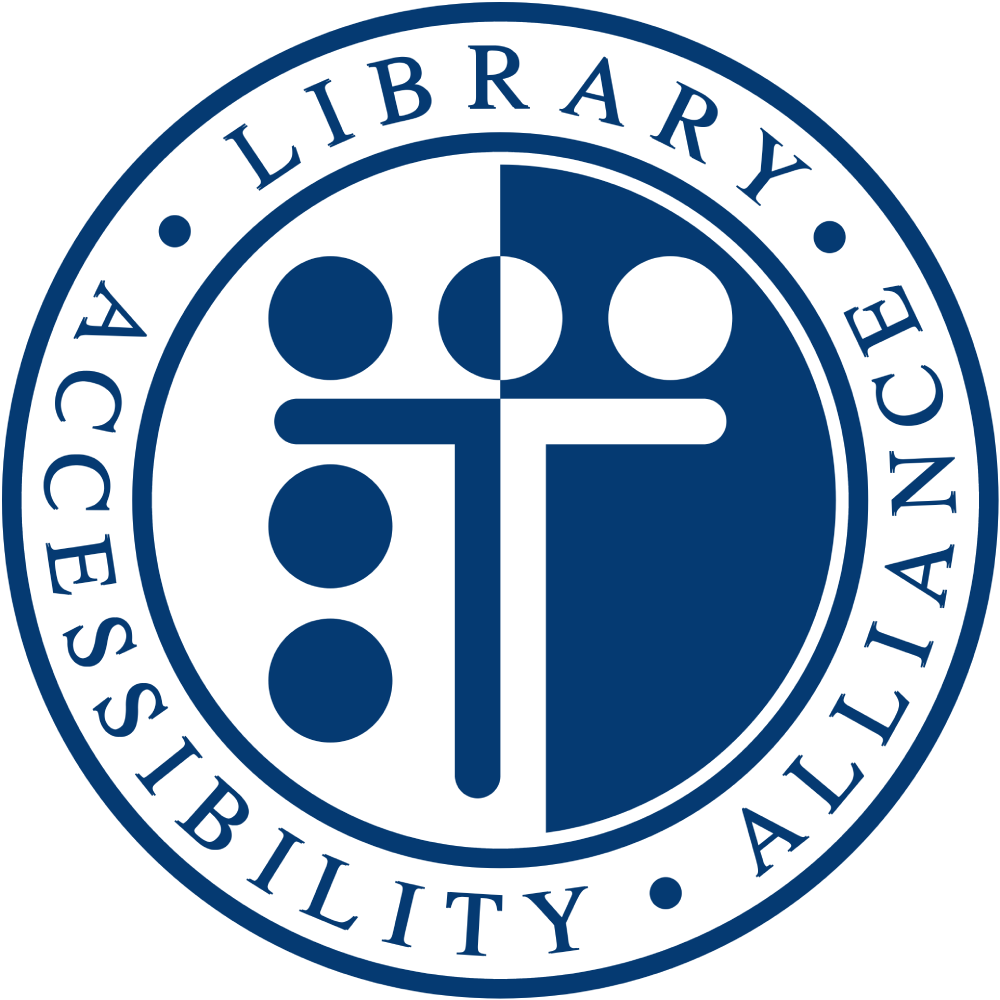This is for people who work in outreach, development, and promotions to facilitate understanding of digital accessibility, including for media, email, and social media.
Introduction
Accessibility is fundamental for effective communications, whether through face-to-face interactions, writing, online, on Zoom, or over the telephone. Accessible communications are about responding to people's different communication needs, ensuring that as many people as possible can access our information.
Frankl states in a Future of Marketing article:
According to the United Nations, people with disabilities are the largest minority group in the world. This community has a presence in every market and the buying power to prove it, but you would never know that from watching today’s ads. [...]
When amplifying the voices of the disability community, it’s important to remember that no two experiences are alike. Disability exists across race, gender, socioeconomic status, and other facets of identity. To better serve our audiences, we must consider a wider range of perspectives and intersectional experiences from the start.
She goes on to write:
Marketing cannot be considered inclusive of people with disabilities if it is not accessible. Whether you are running an event, making a video, or even writing an email, it’s important to ensure that every aspect of the user experience can be experienced.
To reach the whole audience, creating accessible content from the beginning is necessary, with that content that includes disability perspectives.
Core skills
Go through the different sources to learn about each topic.
- Accessible social media content
- Hashtags from Accessible Social
- Providing Text Alternatives for ASCII Art, Emoticons, and Leetspeak from W3C
- Writing Using Plain Language from National Archives
- Cognitive and mental health accessibility
- Readability and plain language
- Use Plain Language from Harvard University
- Accessible Writing video recording by Ashley Bischoff from Class Central
Other general sources
Check out some of these great additional resources:
- Social Media Accessibility from University of Rochester
- Accessibility Social Media from Northwestern University
- Cognitive Accessibility Guidance from W3C
 Library Accessibility Alliance
Library Accessibility Alliance